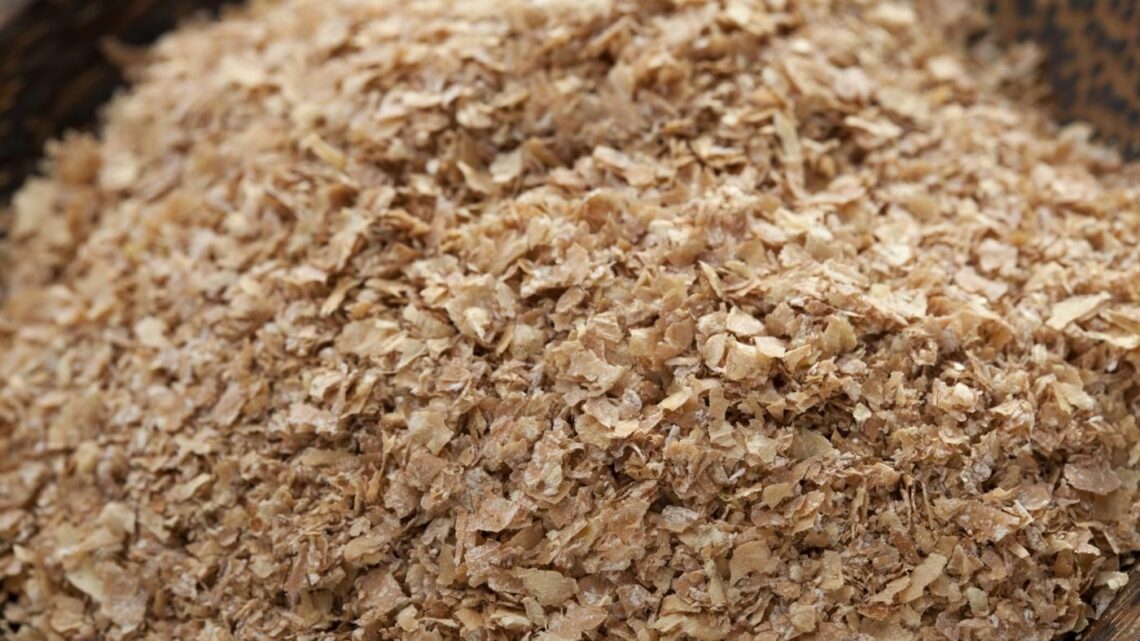Wheat bran is a nutrient-rich component of the wheat kernel that is separated during the milling process of refining wheat into flour. While it is often removed during the production of white flour, wheat bran can be found in whole wheat flour and various whole grain products. It is prized for its high fiber content and numerous health benefits. In this comprehensive guide, we’ll delve into the nutrition profile, health benefits, culinary uses, and potential risks associated with wheat bran.
Nutrition Profile
Wheat bran is a rich source of essential nutrients, including:
Dietary Fiber
Wheat bran is exceptionally high in dietary fiber, particularly insoluble fiber, which adds bulk to stool and helps promote regular bowel movements. A single serving of wheat bran can provide a significant portion of the recommended daily intake of fiber.
Protein
Wheat bran contains a moderate amount of protein, making it a valuable source of plant-based protein for vegetarians and vegans.
Vitamins and Minerals
Wheat bran contains various vitamins and minerals, including B vitamins (such as thiamine, riboflavin, niacin, and folate), iron, magnesium, zinc, and manganese. These nutrients are essential for energy metabolism, immune function, and overall health.
Health Benefits
Digestive Health
Wheat bran is well-known for its beneficial effects on digestive health. Its high fiber content helps prevent constipation by promoting regular bowel movements and improving stool consistency. Regular consumption of wheat bran may also reduce the risk of developing diverticulosis and diverticulitis, two common conditions affecting the colon.
Weight Management
The high fiber content of wheat bran can help promote feelings of fullness and satiety, making it an excellent addition to a weight loss or weight management plan. By adding bulk to the diet without adding a significant number of calories, wheat bran can help control hunger and reduce overall calorie intake.
Heart Health
Studies have shown that diets high in fiber, such as those containing wheat bran, may help reduce the risk of heart disease and stroke. Fiber helps lower cholesterol levels by binding to cholesterol in the digestive tract and promoting its excretion from the body. Additionally, the vitamins and minerals found in wheat bran, such as magnesium and potassium, play roles in regulating blood pressure and supporting cardiovascular health.
Blood Sugar Control
The soluble fiber found in wheat bran can help slow the absorption of sugar into the bloodstream, which may help stabilize blood sugar levels and reduce the risk of insulin resistance and type 2 diabetes. Including wheat bran in meals can help prevent spikes in blood sugar levels and promote better glycemic control.
Culinary Uses
Wheat bran can be incorporated into a variety of foods and recipes to boost their fiber content and nutritional value. Some common culinary uses of wheat bran include:
Baking
Wheat bran can be added to baked goods such as bread, muffins, pancakes, and cookies to increase their fiber content and add texture. It can be used alone or in combination with other flours.
Cereal
Wheat bran can be sprinkled over hot or cold cereal to add fiber and crunch. It can also be mixed with yogurt or fruit for a nutritious breakfast or snack.
Smoothies
Wheat bran can be blended into smoothies for an extra boost of fiber and nutrients. It can be combined with fruits, vegetables, and protein sources such as yogurt or protein powder.
Risks and Precautions
While wheat bran offers numerous health benefits, there are some potential risks and precautions to consider:
Gluten Sensitivity
Wheat bran contains gluten, a protein found in wheat and other grains that can trigger an immune response in individuals with celiac disease or non-celiac gluten sensitivity. Those with gluten-related disorders should avoid wheat bran or choose gluten-free alternatives.
Digestive Issues
Consuming too much fiber, especially if you’re not used to it, can lead to digestive discomfort such as bloating, gas, and abdominal cramps. It’s essential to gradually increase your fiber intake and drink plenty of water to help prevent these symptoms.
Medication Interactions
High-fiber foods like wheat bran may interfere with the absorption of certain medications. If you’re taking medication, especially those for managing blood sugar levels or thyroid function, consult with your healthcare provider before increasing your fiber intake.
Conclusion
In conclusion, wheat bran is a nutritious and versatile ingredient that offers numerous health benefits, particularly for digestive health, weight management, heart health, and blood sugar control. Whether added to baked goods, cereal, smoothies, or other dishes, wheat bran is an easy and convenient way to increase your fiber intake and support overall health and well-being. By understanding the nutrition profile, health benefits, culinary uses, and potential risks associated with wheat bran, you can make informed decisions about incorporating this nutritious ingredient into your diet.
- Top CBD Capsules: A Comprehensive Review By Plain Jane - August 7, 2024
- Benefits of Butchers Broom Supplements - April 2, 2024
- Benefits of Burdock Supplements - April 2, 2024






